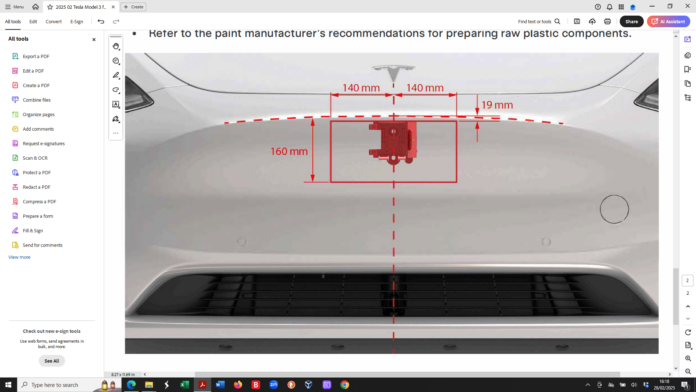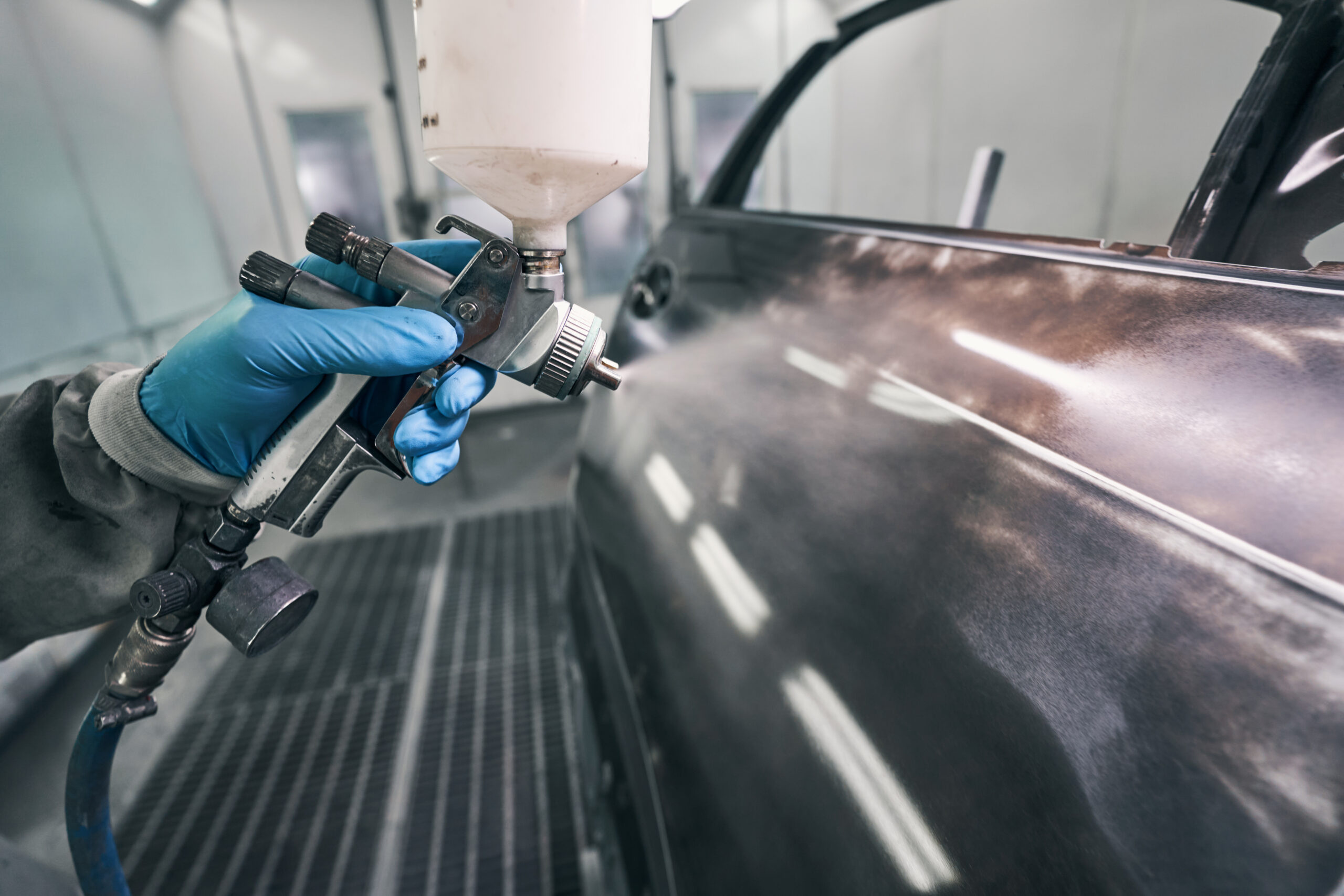Advanced Driver Assistance Systems (ADAS) gained significant penetration in EU27 plus UK as well as the USA when auto-brake was mandated.
Automatic emergency braking system (‘AEBS’): This required various alerts for the driver about impending impact, followed by automatic application of the brake system if the driver did not respond. The technology used a windscreen mounted camera for obstacle recognition as well as sort range tracking, along with a RADAR module usually fitted behind the bumper skin or lower grille to provide longer range detection. The law was initiated in two phases – the first required a 10 km/h speed reduction at point of impact (for new types of homologated models from 1st November 2013, and for existing production models by 1st November 2015), while the more advanced system required much more comprehensive performance (for new types of homologated models from 1st November 2016, and for existing production models by 1st November 2018).
Lane departure warning system (‘LDWS’): This required an alert for the driver if they strayed from a lane without indicating – use of the indicators deactivates the system. It relies on the windscreen mounted camera to pick up road markings and detect the vehicle position. More advanced systems apply steering torque to correct the direction of travel if the driver does not respond to the warnings. This was a legal requirement for new types of homologated models from 1st November 2013, and for existing production models by 1st November 2015.
The legislation was adapted, updated and brought into law by 40 countries from 2020 onwards.
The type and capability of the technology moved rapidly – for example, windscreen cameras up to the middle of last decade were commonly using a series of 2D images, but were eclipsed by video technology. As more markets adopt the more ADAS features, so the unit price of the sensors and system processors has fallen.
In turn, this affects what happens in collision repair.
Why should we care?
During the repair process we need to find out if the vehicle has any ADAS sensors fitted, and to do that we have to use vehicle manufacturer instructions. In at least 40 countries we know – by law – there’s going to be a camera fitted in windscreen area (so there are limits on aftermarket tinting films) and at least one RADAR module behind the front bumper or grille. In addition, a vehicle can have a ‘pop-up’ bonnet which severity of pedestrian injury during impact – the sensors are just behind the front bumper skin.
A vehicle may have further systems such as reversing auto brake, blind spot detection (RADAR modules behind the rear bumper skin) or side facing RADAR modules behind the front bumper. Other systems which can be stand-alone such as parking sensors or tiny cameras fitted on four points around the vehicle for ‘360’ degree panoramic views can be part of the ADAS suite.
So, it’s important to get hold of manufacturer repair instructions. These will tell you how to take the system apart, how to rebuild it and how to calibrate it after repair.
If the bumper skin repair is not performed as per the vehicle manufacturer guidelines, the systems will not work properly. No one in the collision repair business wakes up each day to do a bad job, so we just need to be aware of this situation.
Bumpers – the limits of repair
Unless a manufacturer mandate’s fitting a new bumper skin regardless of damage, it is possible to repair them. Typically, this means repairing the areas not close to the location of the following sensors
RADAR: This uses electromagnetic waves sent out from the module, and then reflected – the reflected waves are then detected by the same module. So, each module is both sending and receiving electromagnetic waves. The sensor is situated behind a plain area of bumper skin (no ribs, no clips) and the system is tuned to cope with the signal reduction caused by the bumper plastic as well as the bumper paint system.
It is not permitted to:
- fit metal staples to cracks within 200mm of the sensor area. Some vehicle manufacturers specifically ban the use of any metal in bumper repair.
- have a plastic weld seam that is notably thicker than the surrounding bumper material passing over the location of the RADAR module.
- exceed the total thickness of the original paint system (filler / base / primer/ finish paint coats which was applied by the factory) within 200mm of the sensor area.
Use of excess materials or metal in the region of the RADAR module will affect what it can detect. If inappropriate repairs are used, the RADAR module will not perform as intended by the vehicle manufacturer – this is a safety critical system.
Pop-up bonnet sensors: There are two types – an accelerometer, much like the SRS impact sensor, and a pair of sensors connected by a tube. The latter is less sensitive to an increase in bumper weight, but the ‘pop-up bonnet’ accelerometer sensor is much more finely tuned to detect low speed impact energy levels than an SRS impact sensor. So, the manufacturer may state if the bumper skin is holed or cracked, it is not possible to make a basic repair and then fill to shape due to the increased weight, and so different dynamic signature.
If inappropriate repairs are used, the pop-up bonnet sensing system will not perform as intended by the vehicle manufacturer – this is a safety critical system.
Volvo were one of the first companies to introduce bumper repair guidelines. Here the Volvo XC40 has no allowable repairs on the front bumper skin, but has a small zone underneath the tail light on the upper rear bumper skin which is not to be repaired:
The guidance from Tesla for the 2024 Model 3 ‘Highland’ facelift specifically bans the use of metal staples, metal mesh, removing plastic from the thickness of the bumper in the region of the RADAR module, and to keep the paint thickness (the total system including filler) to less than 300 microns. Further, in the software is older than 2023.09.9, the bumper cannot be repaired. It’s worth finding the manufacturer instructions for all of the information.
What do we need to do?
Firstly, find out what the vehicle in the repair shop has fitted in terms of cameras as well as RADAR modules. This requires access to vehicle manufacturer repair instructions, and some time to find the modules.
Next, we need to figure out if the bumper can be repaired. Some manufacturers provide no guidance at all, so please use the information mentioned in this article as a base guide – only if there is no information from the manufacturer.
Once the whole repair is done, after the diagnostic system checks and four-wheel alignment check / adjust, recalibrate the ADAS. This will require use of a third-party system for models which have been in the market for more than a few years, or the vehicle manufacturer diagnostic system.
This looks complex, but it really isn’t. Just another happy day in the life of collision repairers.




